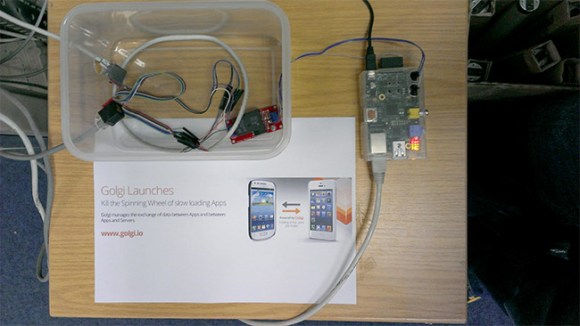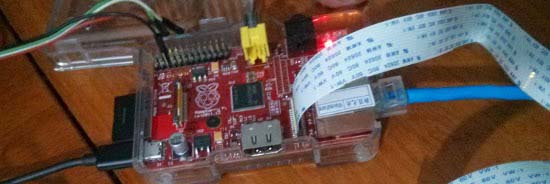
[Thomas] created a magical music player that gives the listener the ability to change songs and alter the volume levels without having to touch anything but air. Called the LighTouch, this device puts the control in the hands of the user by interpreting input from an ultrasonic sensor and plays back tracks based on waving gestures.
It is the 2nd iteration of a prototype that he completed about a year ago and functions as a streaming radio/alarm clock. The sensor is hooked up to a Raspberry Pi with a fading LED. Everything is highly customizable including the distances used for playback features. The criteria [Thomas] put in place has the pause method trigger when an object is detected between 0-10cm from the sensor. The volume control on the next level up brightens and dims the LED light just for some added flair.
Continue reading “Controlling Music With The Wave Of A Hand”

















